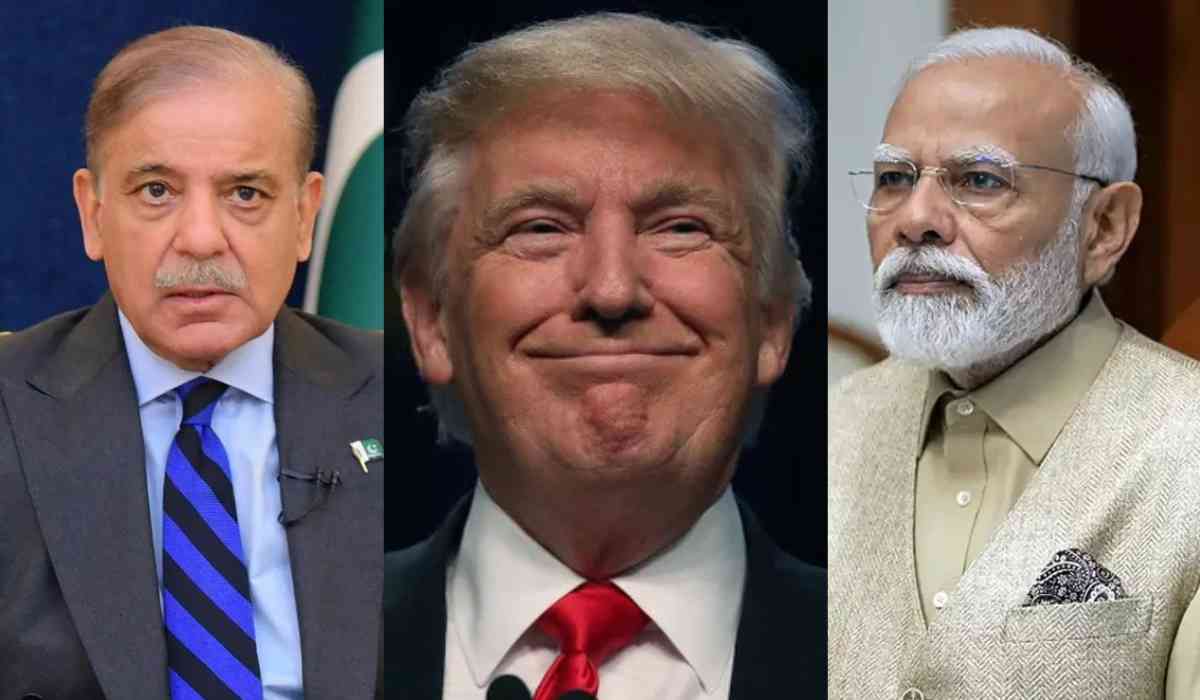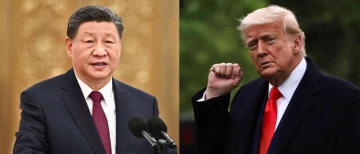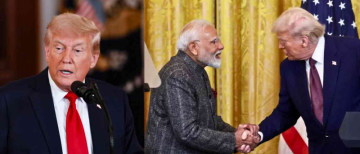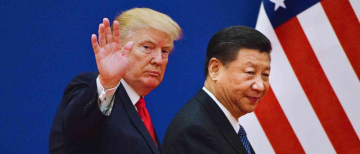The world is watching as tensions between India and Pakistan reach dangerous new heights. After a deadly attack in Kashmir in April 2025, which killed dozens of tourists, India launched a series of missile strikes against targets in Pakistan and Pakistan-administered Kashmir. Pakistan responded with its own military actions, and both countries have expelled diplomats, closed borders, and suspended trade. Despite the risk of a wider war between these two nuclear-armed neighbors, the United States has chosen not to intervene directly. This decision may seem simple, but it carries deeper meaning than most people realize.
What Happened Between India and Pakistan?

The current crisis began with a terrorist attack in Pahalgam, a town in Indian-administered Kashmir, on April 22, 2025. The attack killed 28 people, mostly tourists, and injured many more. India blamed Pakistan for supporting the militants, which Pakistan denied, calling for a neutral investigation. In response, India launched "Operation Sindoor," a series of missile strikes targeting what it described as terrorist camps in Pakistan. Pakistan claimed that civilians were killed and retaliated with its own military actions.
Since then, both sides have engaged in cross-border shelling, closed their airspace to each other, and suspended diplomatic ties. India even threatened to stop the flow of water to Pakistan, a move that could have serious consequences for millions of people.
Why Is America's Decision to Stay Out Important?

The United States has long played the role of a global policeman, especially in South Asia. In past India-Pakistan crises, American leaders have often stepped in, urging both countries to show restraint and sometimes even mediating talks. This time, however, the U.S. has chosen a hands-off approach, urging peace but not getting directly involved.
This choice is more significant than it may appear for several reasons:
1. It Signals a Shift in U.S. Foreign Policy
America's decision not to intervene directly shows a change in how it approaches conflicts around the world. Instead of jumping in, the U.S. is letting regional players take more responsibility for their own disputes. This could mean that countries like India and Pakistan will have to solve their problems themselves, without expecting outside help.
2. It Puts Pressure on India and Pakistan
Without the U.S. acting as a referee, India and Pakistan are under more pressure to manage their conflict carefully. Both countries know that a full-scale war would be devastating, especially since they both have nuclear weapons. America's absence forces them to think twice before escalating further, as there is no one to step in and stop them if things get out of hand.
3. It Reflects Changing Priorities
The U.S. is now more focused on other parts of the world, like the rivalry with China, and on its own domestic issues. By staying out of the India-Pakistan conflict, America is signaling that it cannot be everywhere at once. This could encourage other countries to take more responsibility for their own security.
4. It Could Lead to Regional Solutions
With the U.S. stepping back, there is a chance that regional organizations or neighboring countries might step up to help mediate. This could lead to solutions that are more acceptable to both India and Pakistan, since they would be less influenced by outside powers.
The Risks of Non-Intervention
Of course, there are risks to America's decision. Without outside pressure, there is a chance that India and Pakistan could miscalculate and stumble into a larger war. The spread of misinformation and rising nationalism in both countries make this risk even greater. In the past, U.S. intervention has sometimes helped cool things down quickly.
A New Era for South Asia?

America’s choice to stay out of the latest India-Pakistan conflict is not just a sign of changing times-it could be the start of a new era in South Asian politics. It challenges both countries to find their own ways to peace and stability. While the risks are real, there is also the hope that this will push India and Pakistan to find lasting solutions to their long-standing disputes.
In the end, the world will be watching closely to see if the two neighbors can step back from the brink-this time, without America holding their hands.
With inputs from agencies
Image Source: Multiple agencies
© Copyright 2025. All Rights Reserved Powered by Vygr Media.
























